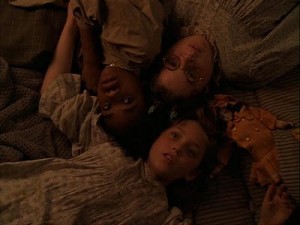The Game of Life
The beloved board game has a longer history than you might think! Originally, the concept for “The Checkered Game of Life” was developed by the successful lithographer Milton Bradley, who was famous for his portraits of President Lincoln. In 1860 however, when Mr. President decided to grow a beard, Bradley’s clean-shaven representation was not longer favored by the American public. Looking for a new way to support himself, Bradley inadvertently developed the first of many in his successful board game business. He sold 45,000 copies of “The Checkered Game of Life” in one year. Although no price was listed for the initial cost of the game, it currently sells for around $20.
It was in 1960 that the current version of the game was developed by Reuben Klamer, as a celebration product for the 100th anniversary of the Milton Bradley Company. In 1984, the game became part of the world’s largest toy company Hasboro, when the Bradley company became a division in the company’s empire. In 1992, the board game received further modifications with the addition of “Life Tiles”-a type of chance card available upon landing on certain spaces on the board, rewarding players for things such as recycling, learning CPR, or saying “no” to drugs. According to the game description on the Hasboro website, in The Game of Life, “Take that path and see how many kids you’ll have! Will you venture down the risky road where fortunes can be won… and lost? Do whatever it takes to retire in style with the most wealth at the end of the game.”
This description provided by the manufacturer, depicts the goals of the game as being those that many associate with white middle-class families. Although the game supports Gary Cross’ view that toys should prepare the child for real life situations, the game of life seems to focus on a narrow category of the child population. With pink pegs and blue pegs, the player initially must identify themselves as an organized form of gender separation and continues to be rewarded throughout the game for marriage, children, and other “desired” qualities of the American Dream. It is clear that this board game helps in exposing children to situations they could expect, however as many toy products and popular culture through out history, those situations simulate only white middle-class.





